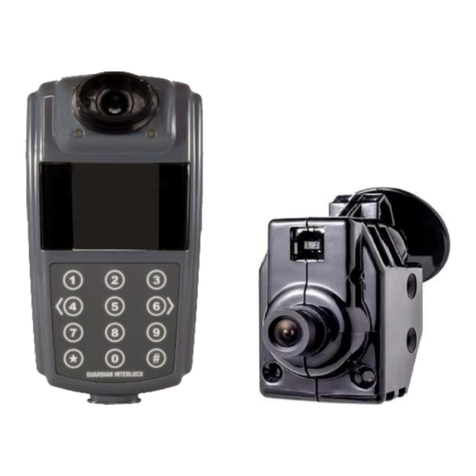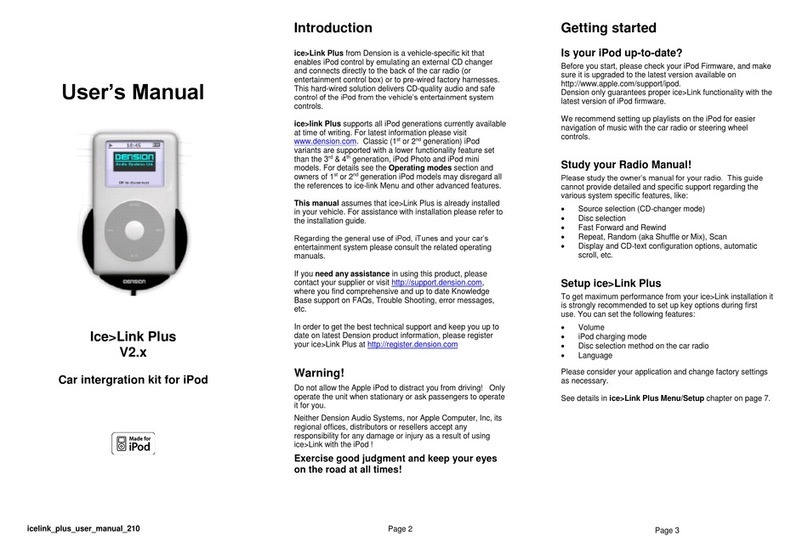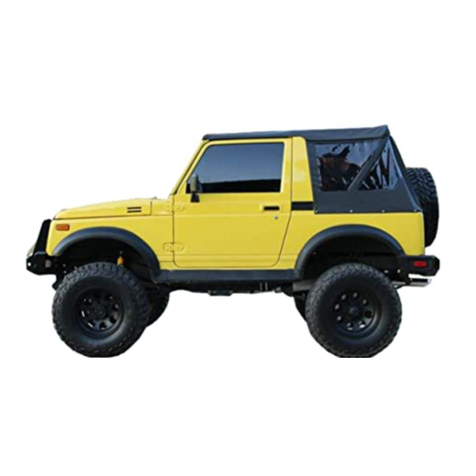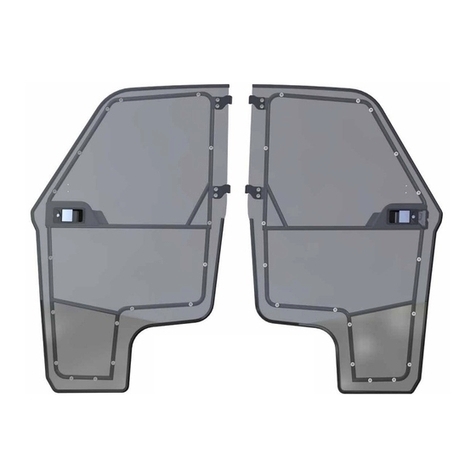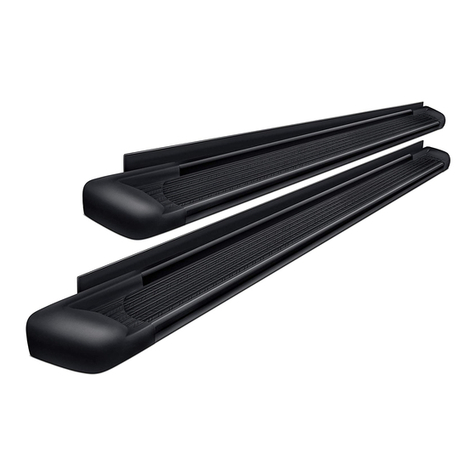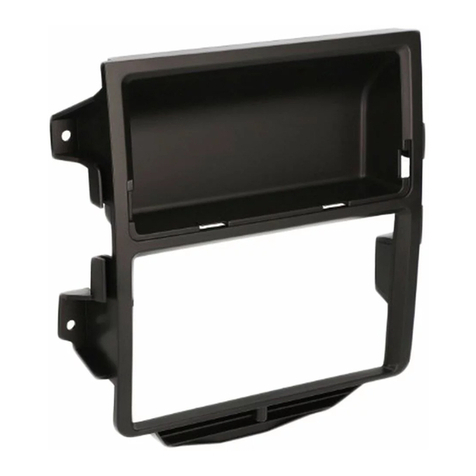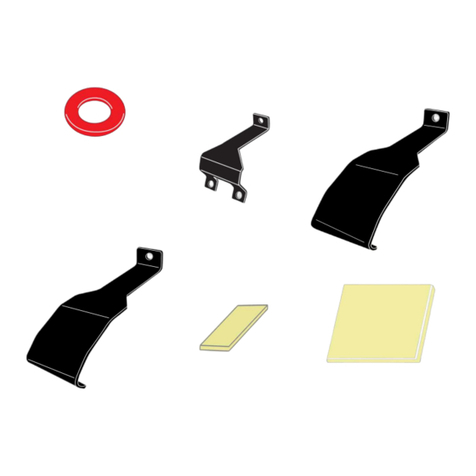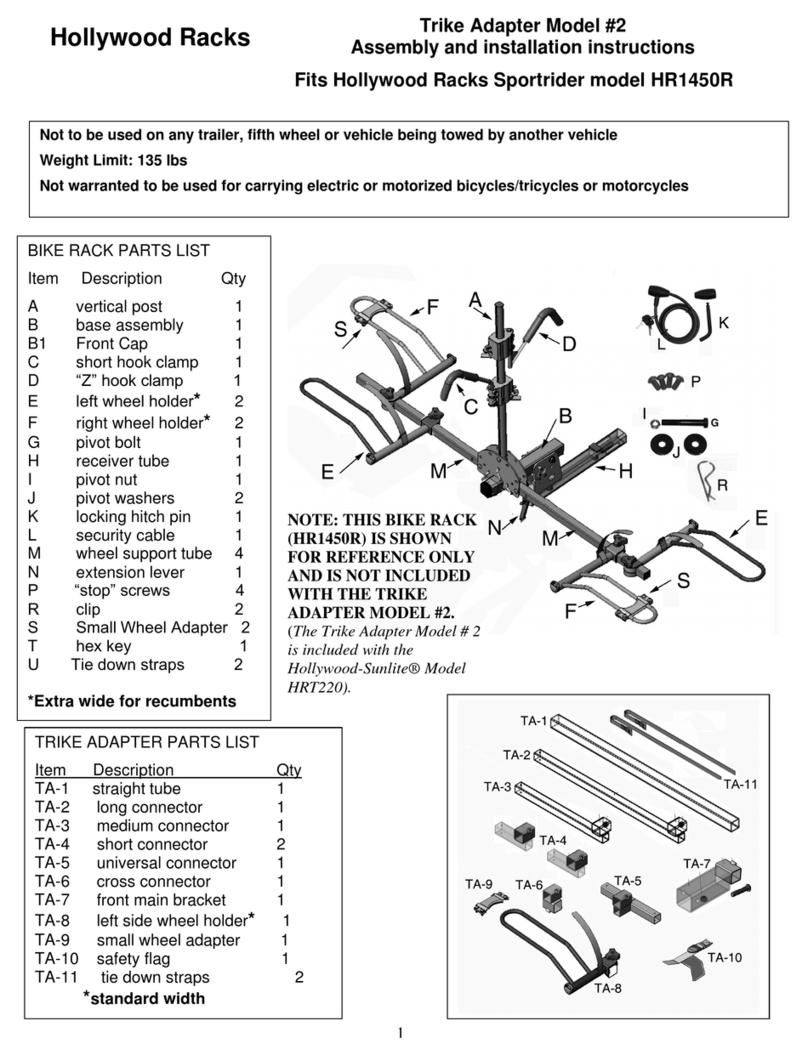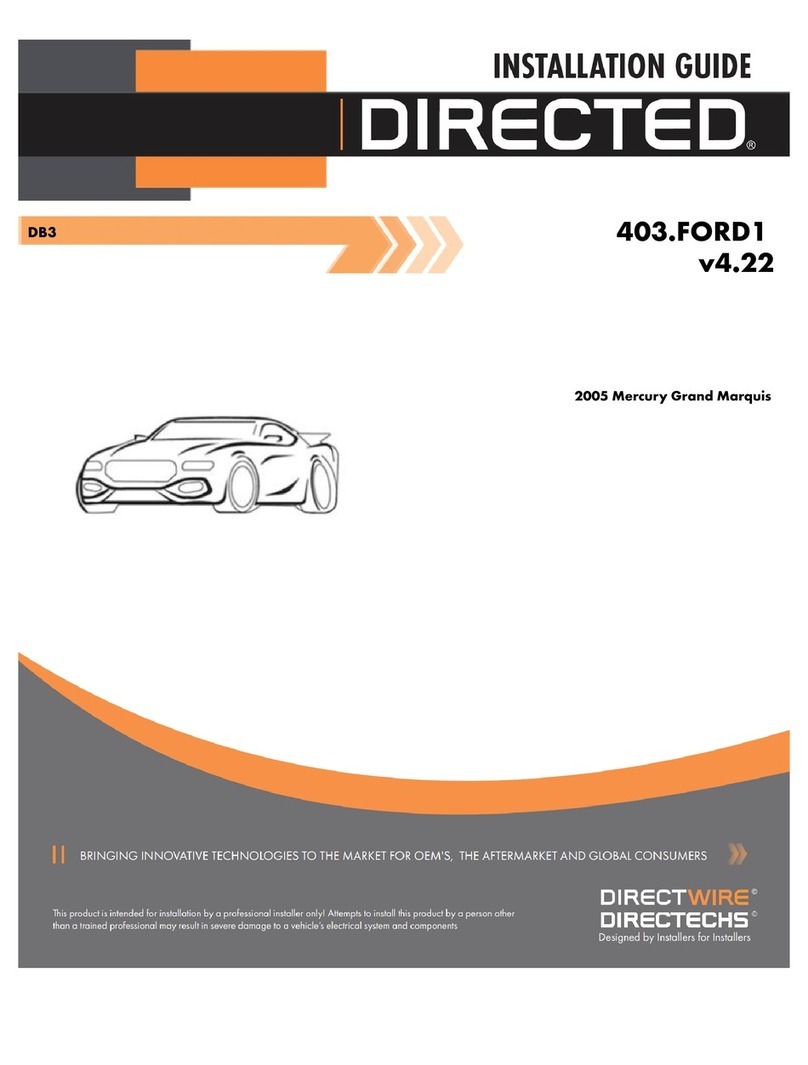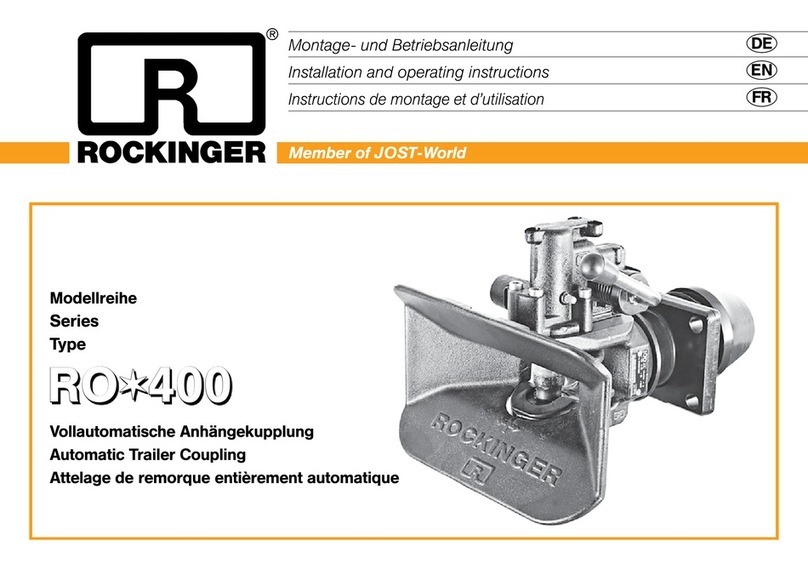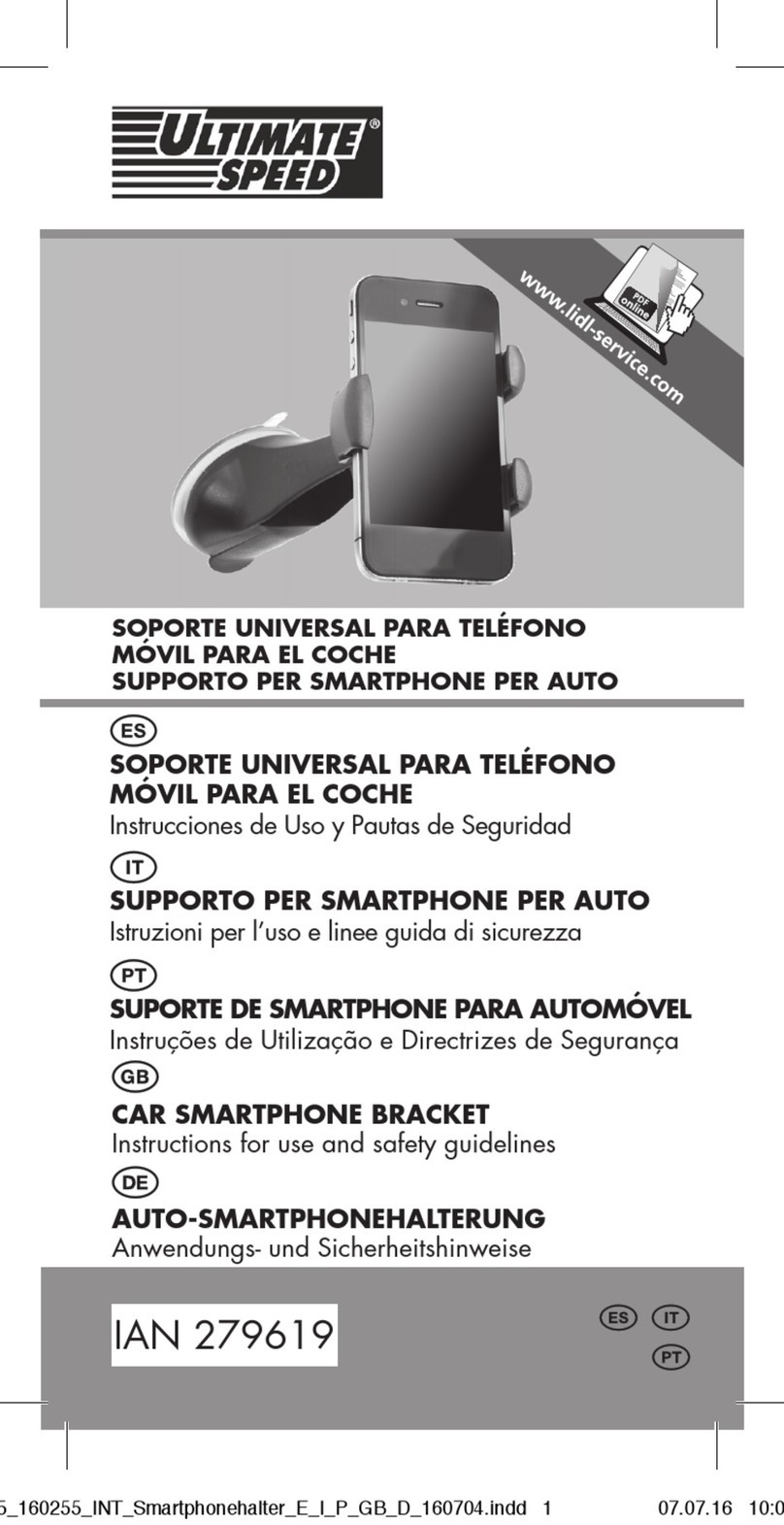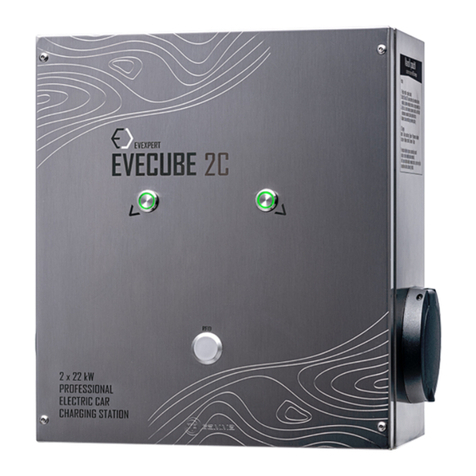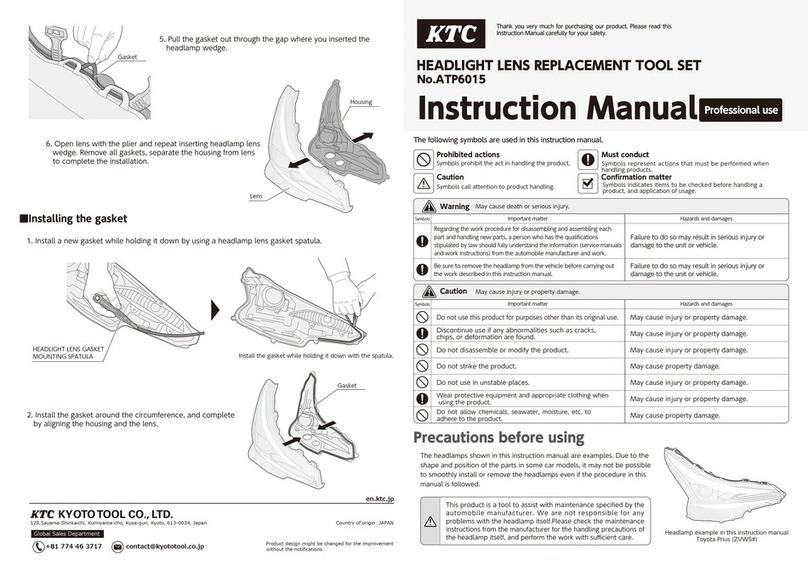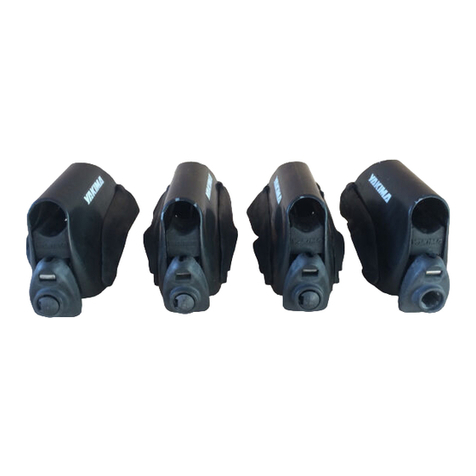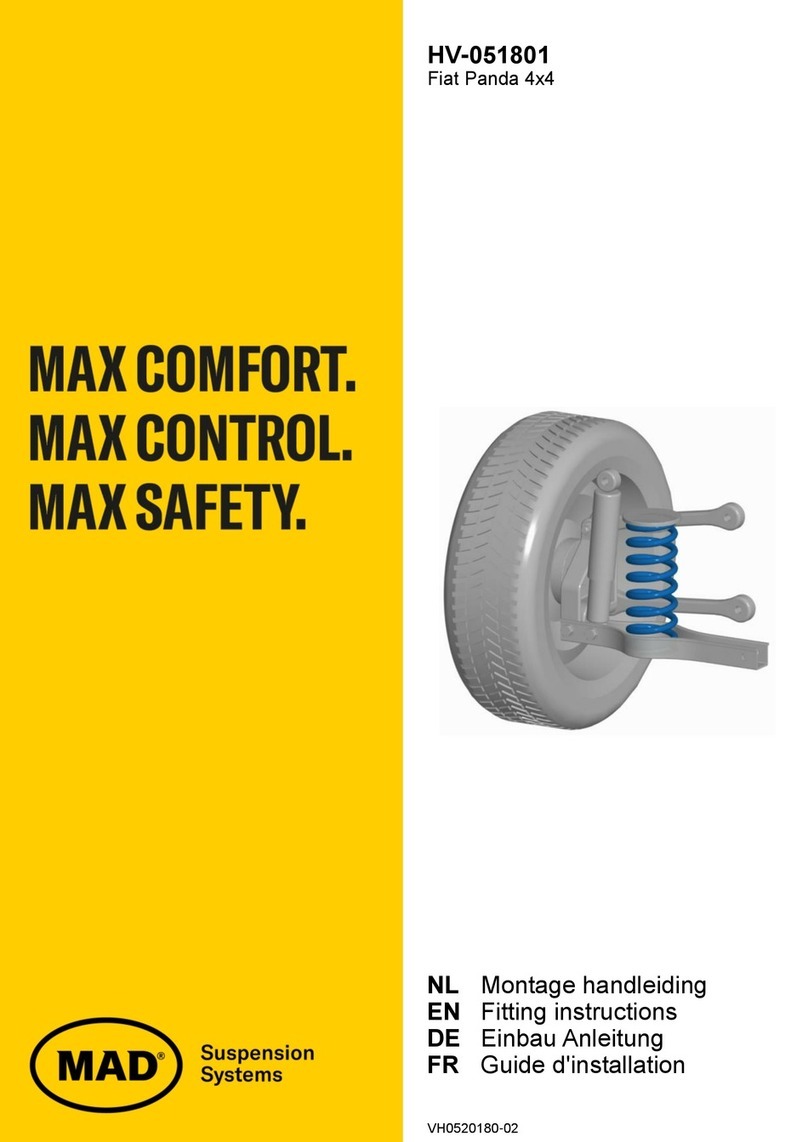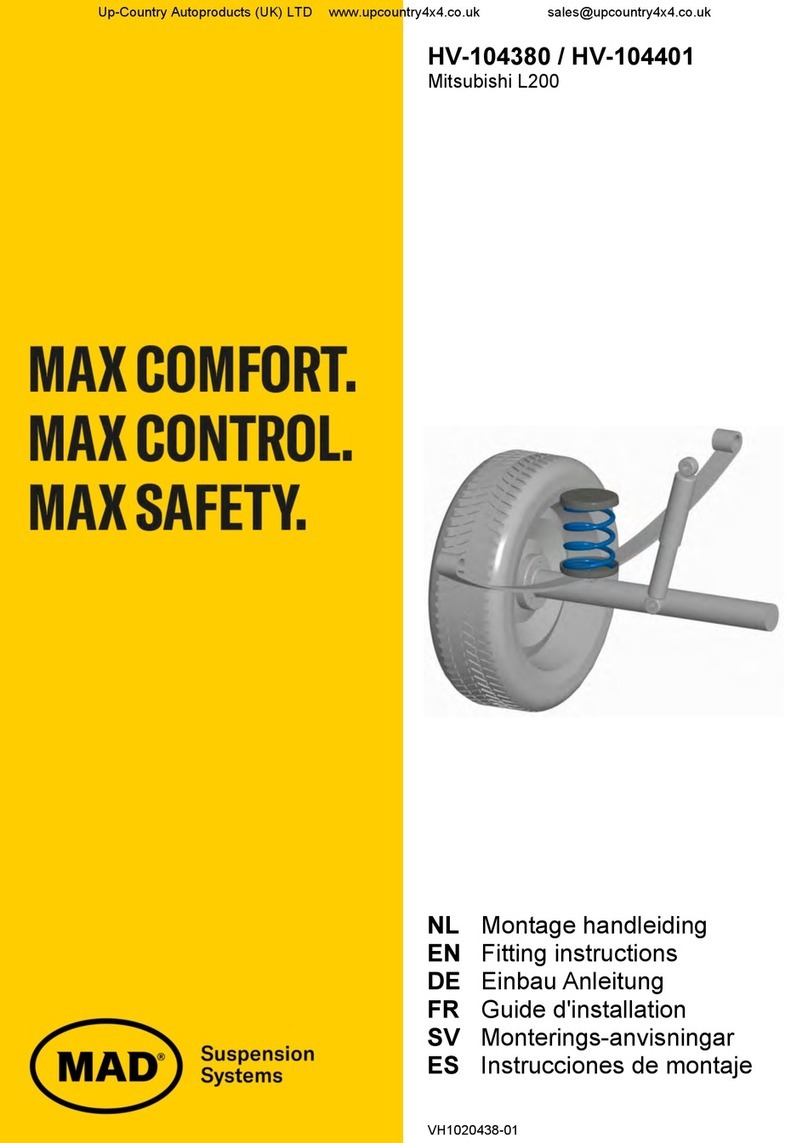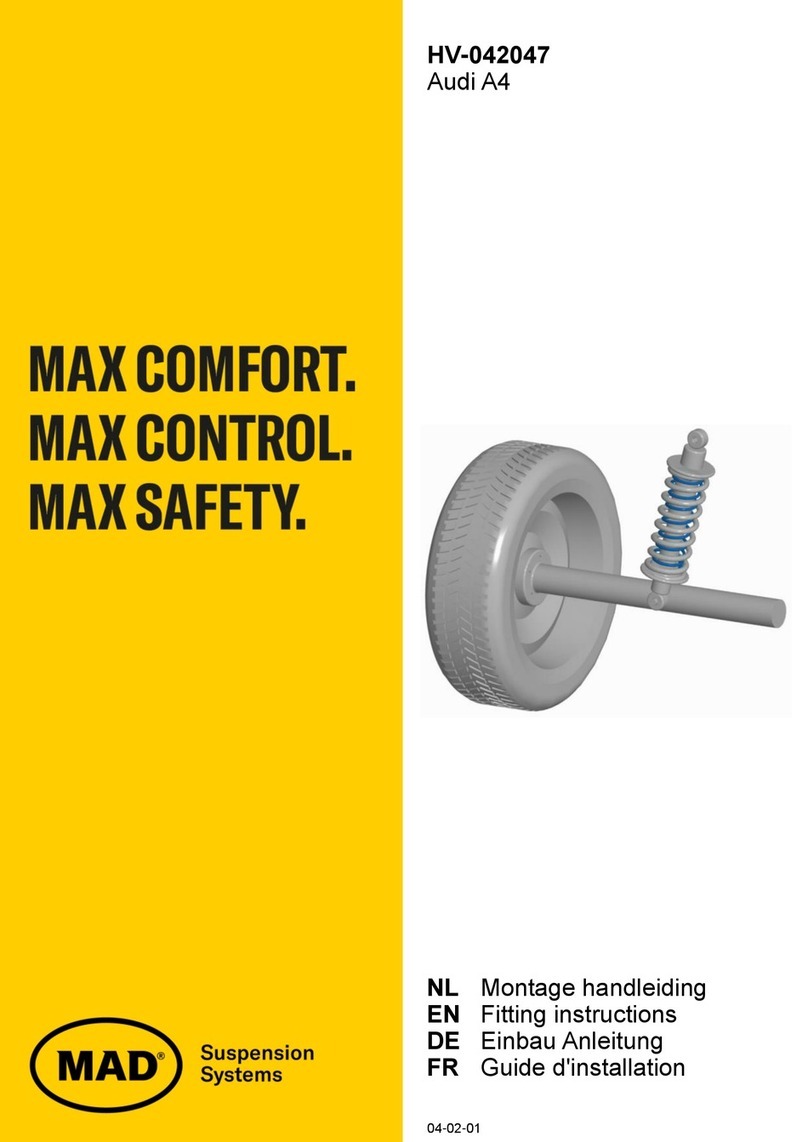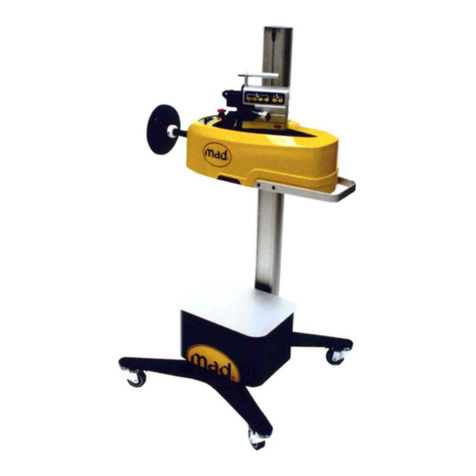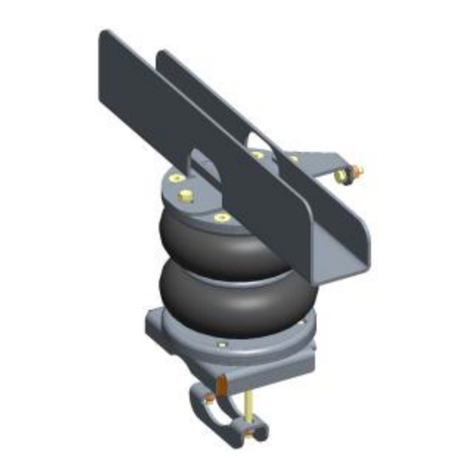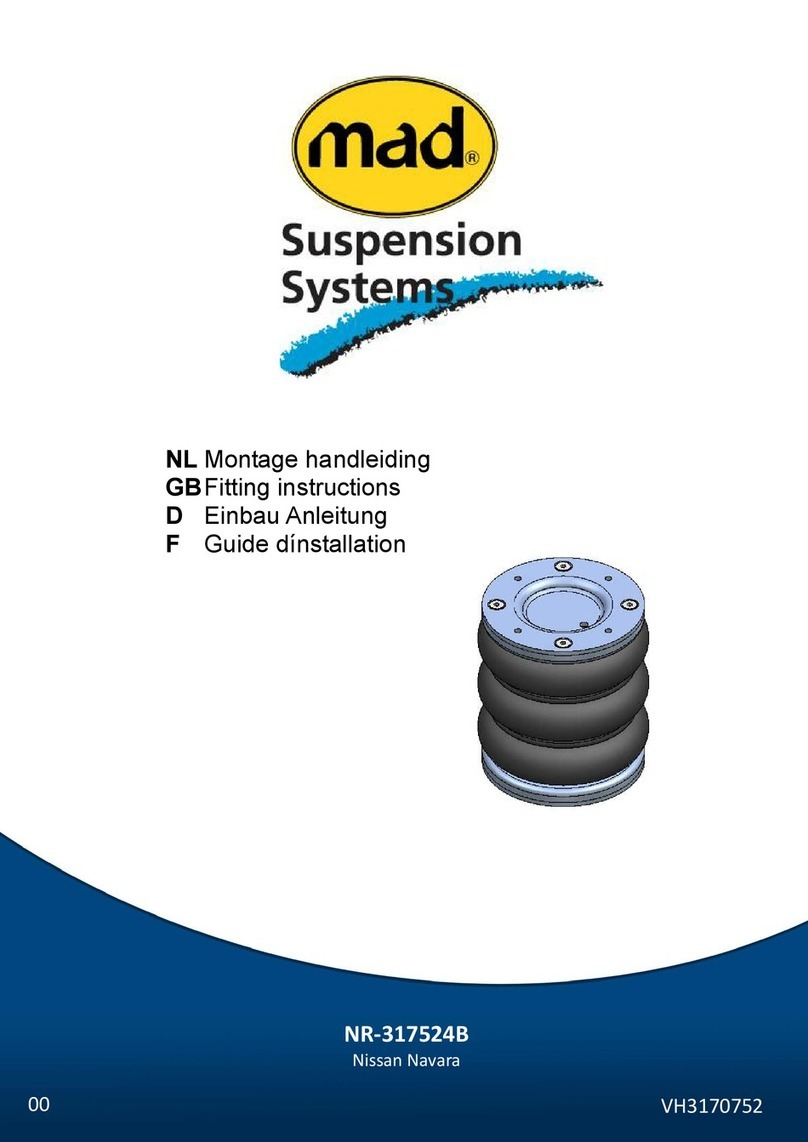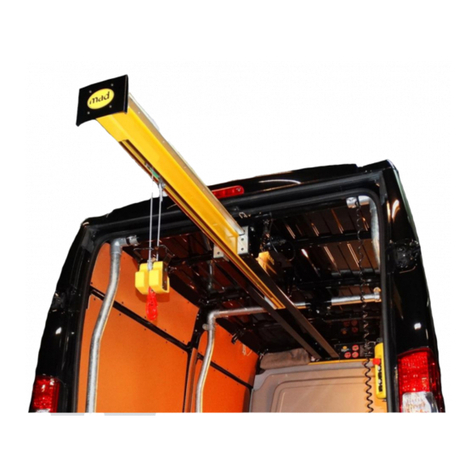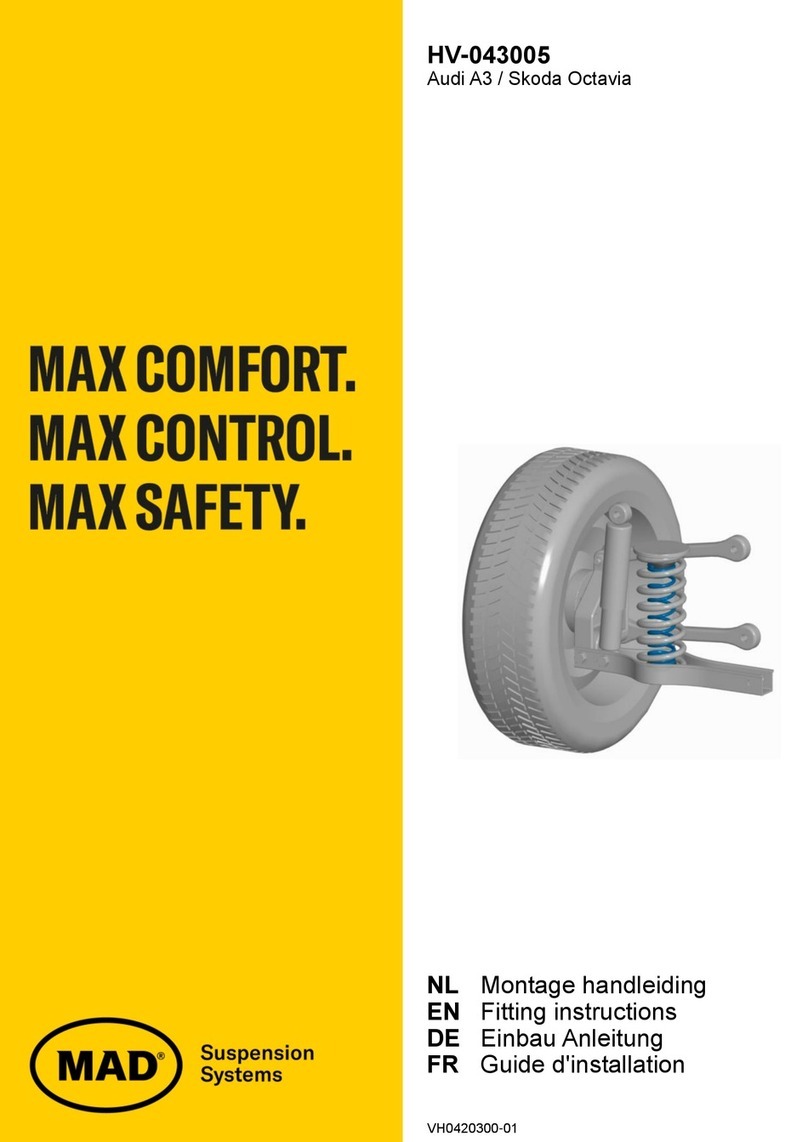EH00002 EasyLoad Installation Manual
13
•As soon as the power cable has been fitted, immediately replace the contacts in the
connector, if they have been removed. The cable marked red in the "+" location.
•Before connecting the power cable to the battery, first connect the power cable to the
connector of the EasyLoad. Then connect the power cable to the battery terminals.
5 Final test
5.1 General information
Lift only vertically and never more than 250 kg (EL-250) 500 kg (EL-500 and EL-501). When
lifting, avoid excessive swinging.
Stop lifting as soon as there is an indication of a twisted hoisting cable, overload or other faults.
Always put the hoisting hook at the top position after use. Swinging of the hoisting hook may
cause damage to the vehicle or the load.
5.2 Function test
Each EasyLoad is thoroughly tested and adjusted by MAD after assembly. To ensure that no
defects have occurred during transport or installation, all functions must be checked before lifting
with the EasyLoad. First do this without load to protect the vehicle, EasyLoad and yourself. Follow
the steps below:
1. Check that the emergency switch is not activated.
2. Close the door that controls the door switch. The inner beam of the EasyLoad cannot be
retracted or extended and the hook cannot be lifted or lowered. If the EasyLoad can be
operated, the door switch must be adjusted again.
3. Open both rear doors and extend the inner beam of EasyLoad all the way.
4. Lower the hook all the way until the winch automatically turns off. Check whether there is
still one layer of cable on the drum of the winch. If this is not the case, the "lowering stop
switch" has to be readjusted (see the repair manual).
5. Lift the hook until the winch automatically turns off. This will happen as soon as the hook
touches both copper strips on the underside of the inner beam. Release the control button
immediately when the winch does not stop automatically. In that case, lower hook a little
bit and check the "lift stop switch" (see the repair manual).
6. Retract the inner beam of the EasyLoad all the way.
7. Activate the emergency switch. The inner beam of the EasyLoad cannot be retracted or
extended and the hook cannot be lifted or lowered. If this is not the case, please contact
MAD.
8. Attach a weight of approximately 250 kg or 500 kg to the hook of the EasyLoad and
repeat steps 3 to 6. After lifting the load (step 5), check for loose parts. Also check that
the frame is securely fastened and does not show any deformation.
9. In the event of deformation or loosening of parts during hoisting, stop immediately and
first identify and correct the cause. If in doubt, contact MAD.




















